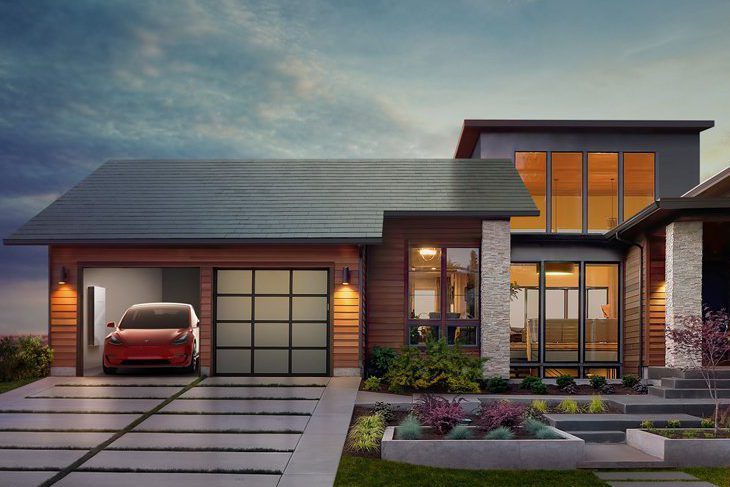
LG is a brand you may already be familiar with. They are a South Korean multinational manufacturer that makes televisions, mobile devices, tablets, smartwatches and a variety of household appliances big and small that may already be in your home. But did you know they also make premium solar panels?
While you may be familiar with LG’s other products and how they compare to the competition, you may not know how LG’s panels stack up against others in the solar industry.
LG currently offers two lines of products: Mono X Plus and NeON 2. Both come in 60 and 72 cell configurations. A solar cell is a unit inside a panel that converts solar radiation into electricity. Each panel has several cells, with 60 cells in a 6 x 10 configuration being the most common for residential purposes. Panels with 72 cells are bigger and typically heavier and are generally only used for commercial purposes. LG’s NeON 2 72 cell panels, however, are lighter and durable, causing some installers to consider them in residential applications as well. Solar panels vary in their efficiency to convert solar radiation into electricity based on their materials and construction, so even panels with the same number of cells will not give you the same amount of energy.
LG Solar Panel Efficiency
The Mono X Plus line is generally less efficient at 275-285 Watts (W) per panel and overall efficiency of 16.8-17.4%. The 60-cell NeON 2 panels range from 305-320 W and have efficiencies of 18.6-19.5%. NeON 2 72-cell panels have higher production due to their size (365-375 W), but they are slightly less efficient at 18.6-19.1%. With the average solar panel ranking at 14-15%, both LG options are premium panels.
Degradation
When considering a product, you need to know how durable it is. All solar panels degrade over time and their solar production wanes. The power potential is rated by the manufacturer to meet a specific target within the first year and every year thereafter for the typical 25-year lifetime of the product. The average panel is expected to perform with at least 97% of its capacity in the first year and degrade at no more than 0.7% every year after that for its 25-year lifespan. LG panels perform at a better than average 98% in the first year and 0.6% reduction every year thereafter.
Solar Warranties
Another thing to consider the stability of a company’s promises to you through their product. LG offers a 25-year performance guarantee on its above average claim against degradation. It also offers a 12-year warranty on defects and labor. Many other companies offer 25-year performance guarantees, but 10 years is the standard product warranty. Not only is LG’s offer above average, but the company is also a large multinational corporation with a diverse product base which gives it the stability to offer you peace of mind on its continued accountability for the lifetime of your panels.
LG Aesthetics
If you are concerned about the aesthetics of LG’s panels, they offer some variation in their product lines. There are generally three things which are considered aesthetically: cell color, backsheet color, and frame color. You may be ambivalent to the look of solar panels, but black panels are generally considered more aesthetically pleasing, and if you have a homeowner’s association where you live, you may need to consider the aesthetics of the panel. All of LG’s current products have black cells. Frames are anodized aluminum and come in either silver or black. The backsheet for almost all LG panels is white, creating a visible line between the cells of the panel. However, if you require an all-black panel, the LG NeON 2 305W Black panel can meet your needs.
LG Solar Panel Costs
The only downside to premium quality panels is that you will probably have to pay more than the average panel. While prices vary with offers from installers, the typical homeowner may expect to pay $0.40/W more for higher-end LG panels over lower quality ones. This equates to $128 more for each LG NeON 2 320 W panel over the equivalent number of lower quality panels. This means that a moderate 6.72-kilowatt system would require 24×280 W panels or only 21×320 W LG panels, but the LG system would cost $2,688 more. When determining which panel may be best for you, LG offers panels that may come at a significant cost premium, but also higher quality, efficiency, durability, and dependability.



